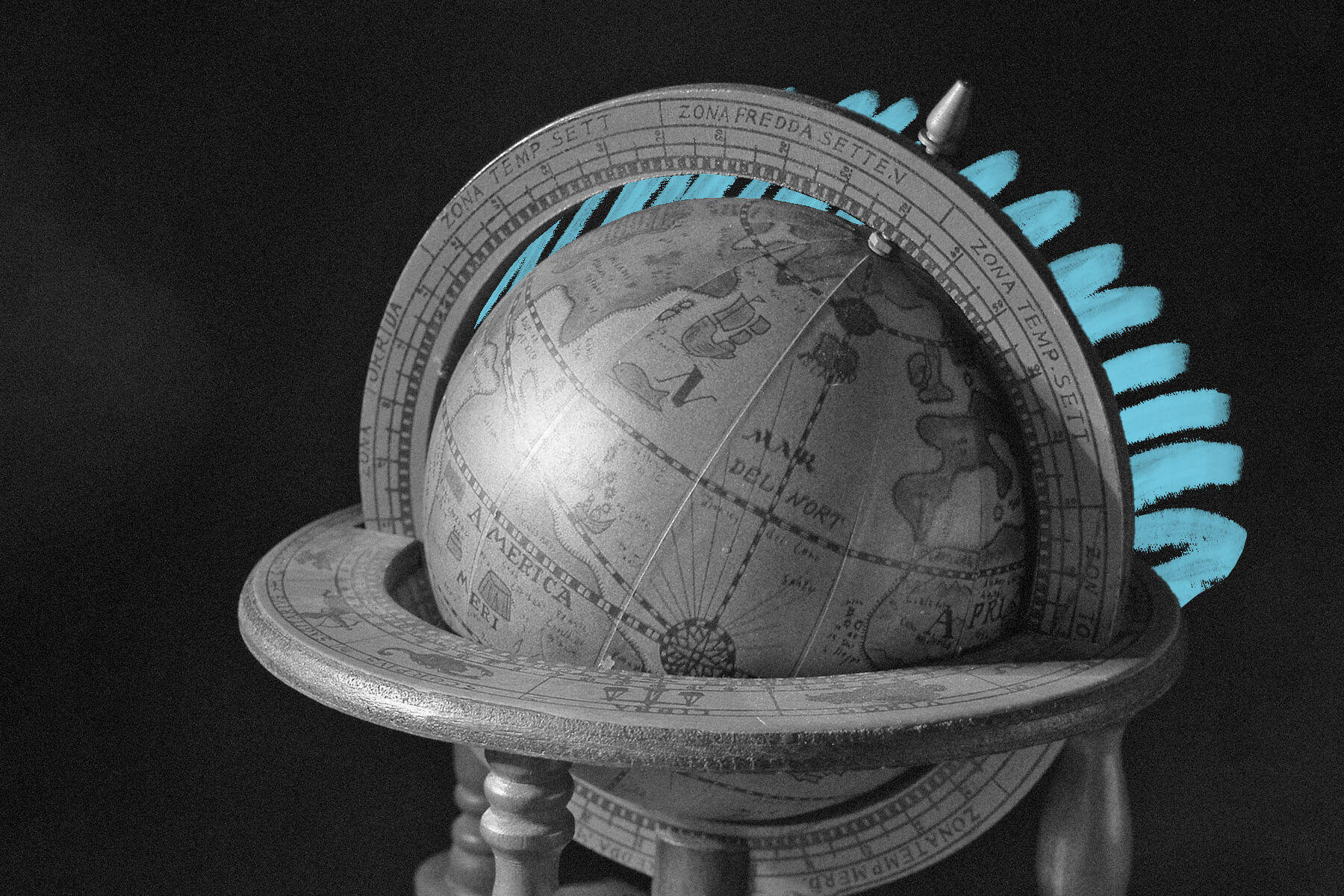Earth didn’t always have an ocean.
Today, the global ocean makes up the majority of the Earth’s surface — but the massive body of water wasn’t always there. For the first billion or so years of the planet’s existence, the surface was simply too hot for water to be anything but vapor. Around 3.8 billion years ago, the temperature finally dropped below water’s boiling point of 212 degrees Fahrenheit, and the vapor turned into rain. It showered for centuries, filling the deepest points on the planet’s surface and building up moisture in the atmosphere. This was essential for life developing on Earth; the first single-celled microbes appeared in the ocean around 3.5 billion years ago.
Scientific opinion is mixed about how the vaporized water got there in the first place. One theory is that the first water emerged from inside the Earth as part of the volcanic activity that covered the surface. Another is that icy comets hit the Earth, bringing water with them. Water also may have arrived as part of the massive planetary collision that created the moon — or maybe it was a combination of all three. Today, our planet is in the perfect zone for water solids, liquid, and gas to form: A little closer to the sun and all we’d have is vapor, whereas a little farther away there would be no vapor at all.







